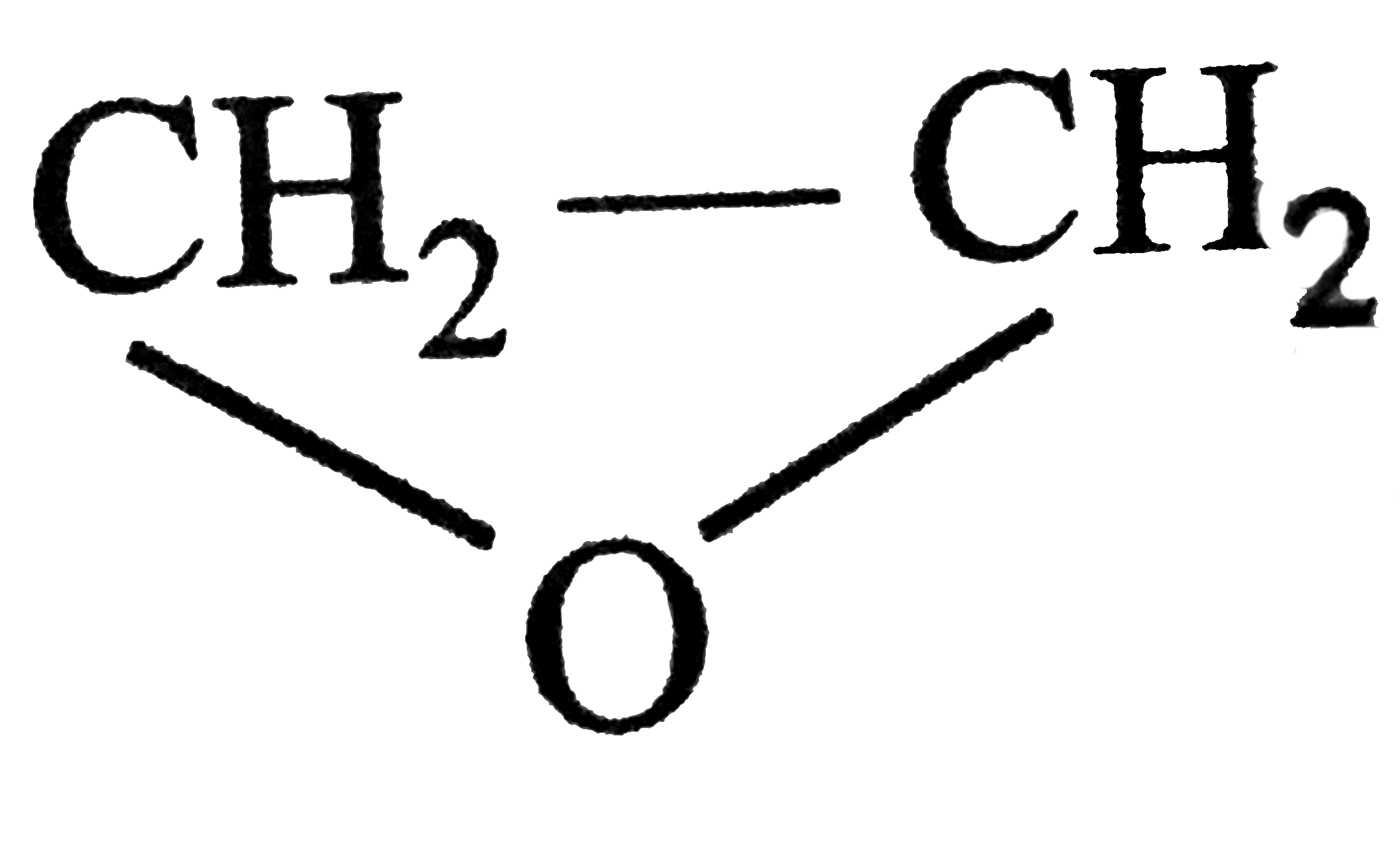Epoxides are
A
Ethers with another functional group
B
Not ethers
C
Aryl-alkyl ethers
D
Cyclic ethers
Video Solution
Text Solution
The correct Answer is:D
|
Updated on:21/07/2023
Topper's Solved these Questions
- BOOK - A2ZCHAPTER - ALCOHOLS, PHENOLS AND ETHERSEXERCISE - Section B - Assertion Reasoning20videos
ALCOHOLS, PHENOLS AND ETHERS
- BOOK - A2ZCHAPTER - ALCOHOLS, PHENOLS AND ETHERSEXERCISE - AIPMT/NEET Questions27videos
ALCOHOLS, PHENOLS AND ETHERS
- BOOK - A2ZCHAPTER - ALCOHOLS, PHENOLS AND ETHERSEXERCISE - Phenols53videos
ALCOHOLS, PHENOLS AND ETHERS
- BOOK - A2ZCHAPTER - ALDEHYDES, KETONES AND CARBOXYLIC ACIDEXERCISE - Section D - Chapter End Test30videos
ALDEHYDES, KETONES AND CARBOXYLIC ACID
Similar Questions
Knowledge Check
- Question 1 - Select One
Epoxides react with Grignard reagent to form
APrimary alcoholsBSecondary alcoholsCTertiary alcoholsDAny of the three - Question 2 - Select One
Ring-opening reactions of epoxides can proceed by either SN2 or SN1 mechanisms, depending on the nature of the epoxide and on the reaction conditions. If the epoxide is asymmetric, the structure of the product will very according to which mechanisms dominates. When an symmetric epoxide undergoes solvolysis in basic methanol, ring-opening occurs by and SN2 mechanisms, and the less subsitution carbon is the site of nucleophilic attack. Conversely, when solvolysis occurs in acidic methanol, the reaction occurs by a mechanisms with substantial SN1 character, and the more substituted carbon is the site of attack. These are both good examples of regioselective reactions, examine the basic, SN2 case first. The leaving group is an alkoxide anion, because there i s not acid avaialble to protonate the oxygen prior to ring opening. An alkoxide is a poor leaving group, and thus the ring is unlikely to open without a'push' from the nucleophile. Like in other SN2 reactions, nucleophilic attack takes place from the backside, resulting in inversion t the electrophilic carbon. The best way to depict the acid-catalyzed epoxide ring-opening reaction is as a hybrid, or cross, between an SN2 and SN1 mechanism. First, the oxygen is protonated, creating a good leaving group. Then the carbon-oxygen bond begins to break and positive charge begins to build up on the more substituted carbon. answer the following based on the above :

The product formed after nucleophilic attack and mild hydrolysis isA B
B C
C D
D
- Question 3 - Select One
Ring-opening reactions of epoxides can proceed by either SN2 or SN1 mechanisms, depending on the nature of the epoxide and on the reaction conditions. If the epoxide is asymmetric, the structure of the product will very according to which mechanisms dominates. When an symmetric epoxide undergoes solvolysis in basic methanol, ring-opening occurs by and SN2 mechanisms, and the less subsitution carbon is the site of nucleophilic attack. Conversely, when solvolysis occurs in acidic methanol, the reaction occurs by a mechanisms with substantial SN1 character, and the more substituted carbon is the site of attack. These are both good examples of regioselective reactions, examine the basic, SN2 case first. The leaving group is an alkoxide anion, because there i s not acid avaialble to protonate the oxygen prior to ring opening. An alkoxide is a poor leaving group, and thus the ring is unlikely to open without a'push' from the nucleophile. Like in other SN2 reactions, nucleophilic attack takes place from the backside, resulting in inversion t the electrophilic carbon. The best way to depict the acid-catalyzed epoxide ring-opening reaction is as a hybrid, or cross, between an SN2 and SN1 mechanism. First, the oxygen is protonated, creating a good leaving group. Then the carbon-oxygen bond begins to break and positive charge begins to build up on the more substituted carbon. answer the following based on the above :
 A
A B
B C
C D
D
Questions based on Epoxides and Crown Ethers
View SolutionQuestions based on epoxides and crown ethers
View Solutiona. Epoxides of α,β-unsaturated carbonyl compounds can be formed by peroxy acid as well as with H2O2/OΘH. Explain the formation of epoxides in both cases.
b. Acrolein (CH2=CH−CHO) is epoxidised much more rapidly with H2O2/ΘOH than with a peroxy acid. Explain why.View SolutionNomenclature OF Epoxides,||Aromatic Compounds
View SolutionReaction Mechanism : grignard reagent, (reaction with epoxides, sn2 reaction on reaction with alkyl halides, reaction with alkyl cyanides
View Solution


